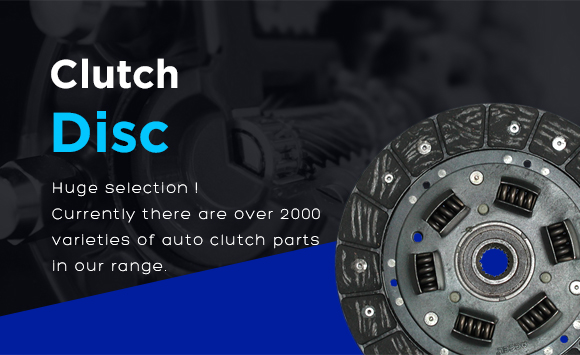Mobile:+86-311-808-126-83
Email:info@ydcastings.com
Aluminium Sand Casting - High-Quality Precision Components
Aluminium Sand Casting A Versatile Manufacturing Process
Aluminium sand casting is a widely used manufacturing technique that offers unique advantages for producing complex shapes and components in various industries. This method involves pouring molten aluminium into sand molds formed by compacting sand around a pattern. Once the metal cools and solidifies, the sand is removed, leaving behind a finished casting that can be further processed or used directly.
One of the primary benefits of aluminium sand casting is its flexibility. The technique allows for the production of a wide range of shapes and sizes, from small intricate parts to large castings. This versatility makes it suitable for industries such as automotive, aerospace, and even art. The sand used in the process can be easily manipulated, enabling manufacturers to create customized molds tailored to specific requirements.
Aluminium itself is chosen for its excellent properties. It is lightweight, corrosion-resistant, and has good thermal and electrical conductivity. These characteristics make aluminium an ideal material for many applications. Additionally, the ability to cast aluminium helps to reduce the weight of components without compromising strength, which is particularly valuable in industries where weight reduction is critical, such as in the aerospace sector.
aluminium sand casting

Another advantage of aluminium sand casting is cost-effectiveness. The initial tooling costs for sand molds are relatively low compared to other casting methods, such as die casting. This makes it an attractive option for small to medium production runs or prototyping. Furthermore, sand casting can efficiently handle small quantities of different castings without the need for extensive retooling.
Sustainability is also a significant consideration in today’s manufacturing landscape. Aluminium sand casting allows for the recycling of scraps and used metal, reducing waste and conserving resources. Since aluminium can be melted and reused repeatedly without degrading its properties, manufacturers can create a more sustainable production cycle.
However, like any manufacturing method, aluminium sand casting has its limitations. The surface finish of sand-cast items may not be as smooth as those produced by other techniques, necessitating additional finishing processes for specific applications. Additionally, the dimensional tolerance may be broader than with other casting methods, which can be crucial for highly precise components.
In conclusion, aluminium sand casting remains a valuable and versatile manufacturing process that meets the needs of various industries. Its combination of flexibility, cost-effectiveness, and the desirable properties of aluminium makes it a popular choice for producing complex castings. As technology advances and sustainability becomes an ever more critical focus, aluminium sand casting is likely to continue evolving to meet future demands, solidifying its role in modern manufacturing.











